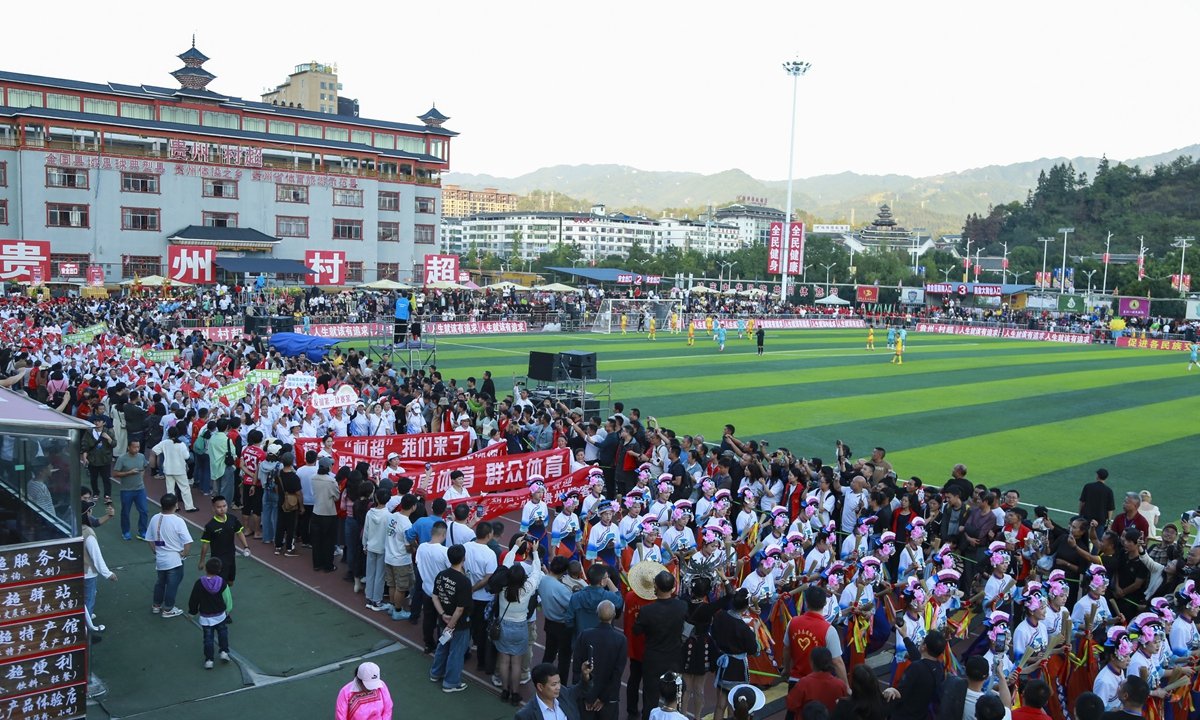The linguistics journal Yaowen Jiaozi, published by the Shanghai Literature and Art Publishing Group, has unveiled the top 10 Chinese buzzwords of 2023, offering a glimpse into the country’s evolving linguistic landscape. Since 2006, the journal, known for its focus on linguistic precision and eloquence, has annually compiled these lists, becoming a significant contributor to identifying and analyzing emerging trends in Chinese language usage.
This year’s list features a diverse range of terms, including “new productive forces,” “two-way efforts,” “large-scale AI models,” “Cun Chao,” “special forces-style tourism,” “xianyanbao,” “dazi,” “dopamine dressing,” “emotional values,” and “questioned, understood, and became.” These buzzwords encapsulate various facets of Chinese society, from technological advancements to cultural shifts, especially among the youth.
Huang Anjing, the editor-in-chief of Yaowen Jiaozi, observed that the 2023 buzzwords highlight the changing social outlook, particularly among the younger generation. “Special forces-style tourism,” for example, mirrors the post-pandemic resurgence in culture and tourism consumption. This year’s buzzwords also showcase the linguistic creativity inherent in Putonghua, with social media platforms, particularly short-video sharing sites, becoming hotbeds for language reinvention and playful creativity.
The buzzwords fall into three categories: technological advancements, economic and tourism recovery, and youth culture and social change.
Technological Advances and Economic Recovery
In the realm of technology, China’s strides in AI have been exemplified by Baidu’s launch of the ERNIE Bot, a Chat GPT-style bot that stands as China’s entry into the global generative AI field. ERNIE, short for “Enhanced Representation through Knowledge Integration,” showcases China’s capabilities in deep semantic understanding and language generation.
The recovery of China’s economy and tourism sector is also evident in the popularization of terms like “Cun Chao” and “special forces-style tourism.” “Cun Chao,” or “Village Super League,” refers to a grassroots football tournament that has gained national and international attention. This event, held in Guizhou Province’s Rongjiang county, symbolizes China’s efforts in promoting public engagement in sports and rural revitalization.
“Special forces-style tourism,” a term popular among college students, reflects a trend of maximizing experiences while minimizing costs. This approach indicates a burgeoning domestic tourism market, appealing to young people’s diverse preferences and novel travel styles.
Youth Culture and Social Change
In the realm of youth culture, terms like “xianyanbao,” “dopamine dressing,” and “dazi” have gained traction. “Xianyanbao,” initially a term for attention-seeking behavior, has evolved to describe lively, outgoing individuals who energize others with positivity. This shift signifies a growing acceptance of individuality and diversity in personal expression among China’s youth.
“Dopamine dressing” moves away from minimalist fashion to embrace bright, saturated colors that create a joyful experience, reflecting a desire for emotional upliftment and personal expression.
“Dazi,” which originated as a term for “partner,” now broadly refers to companionship based on shared interests, representing a new social relationship model that allows for comfortable, non-intrusive interactions.
These buzzwords, according to Zhang Yiwu, a professor at Peking University, reveal the younger generation’s efforts to balance life’s challenges with optimism and creativity. They embrace trends like “special forces-style tourism” and “dopamine dressing” as ways to celebrate life, expand social circles, and enhance personal well-being.
These linguistic trends not only highlight the resilience, confidence, and optimism of China’s youth but also reflect the broader socio-economic developments within the country, offering a unique lens through which to view the evolving Chinese society.
READ MORE:
